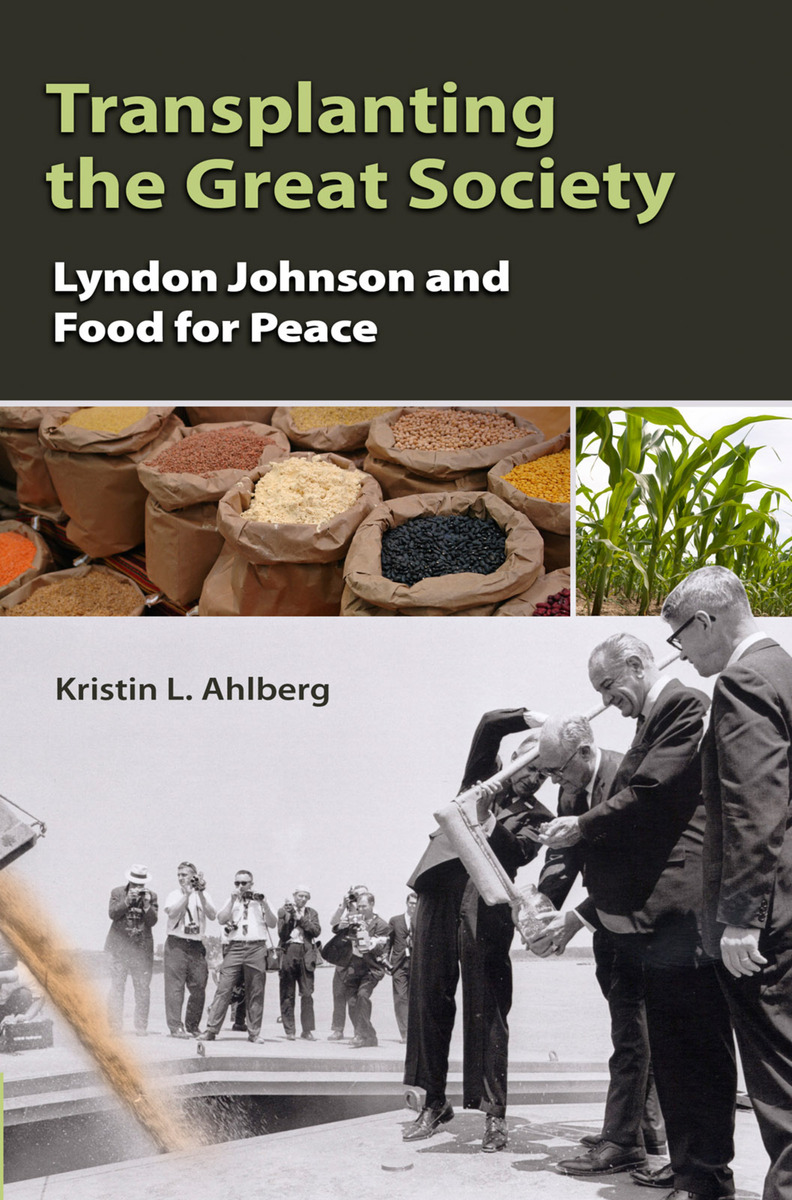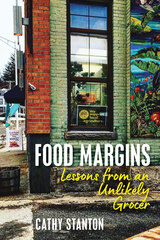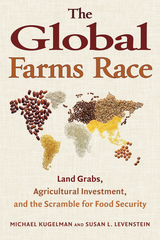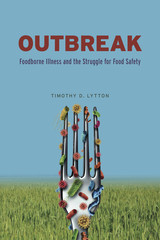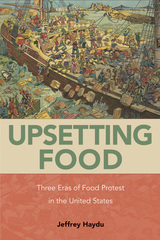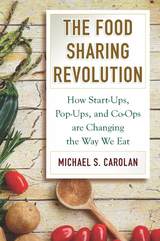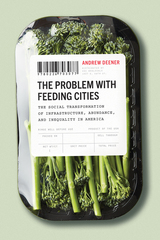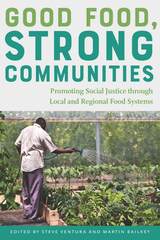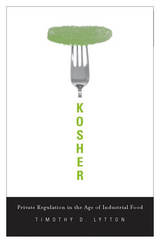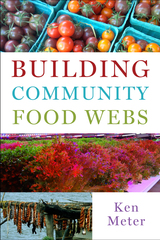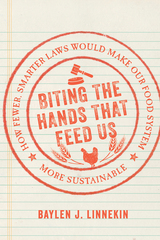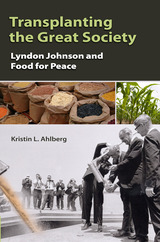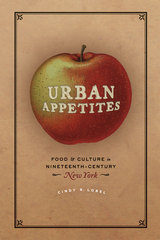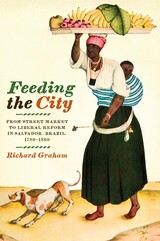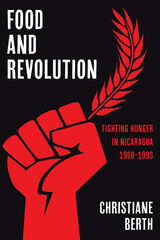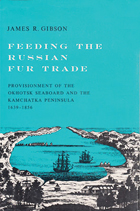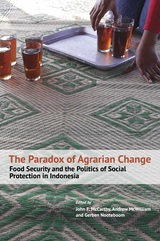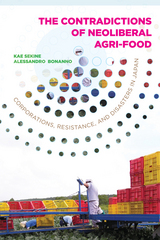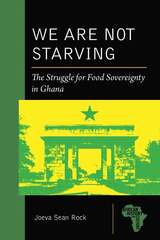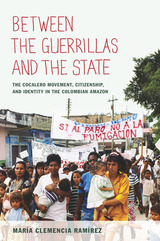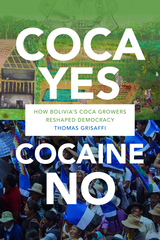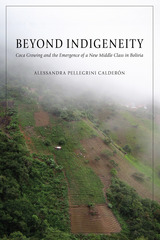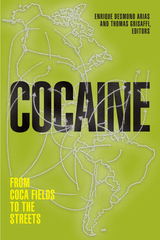Transplanting the Great Society: Lyndon Johnson and Food for Peace
University of Missouri Press, 2008
Cloth: 978-0-8262-1819-3 | eISBN: 978-0-8262-6647-7
Library of Congress Classification HD9006.6.A776 2008
Dewey Decimal Classification 363.856
Cloth: 978-0-8262-1819-3 | eISBN: 978-0-8262-6647-7
Library of Congress Classification HD9006.6.A776 2008
Dewey Decimal Classification 363.856
ABOUT THIS BOOK | AUTHOR BIOGRAPHY | REVIEWS | TOC
ABOUT THIS BOOK
Enacted in 1954, the Food for Peace program allowed the United States to make agricultural surpluses available to needy nations but served varying political agendas. President Eisenhower saw it primarily as a temporary means for improving domestic agriculture prices, while his two Democratic successors turned it into the cornerstone of an expanded foreign assistance program.
Kristin Ahlberg traces the transformation of Public Law 480 from a means of liquidating domestic surplus into a vital component of U.S. foreign policy. She focuses on how Lyndon Johnson sought to re-create his Great Society reforms on a global scale by exporting programs designed to improve the lives of world citizens through combating food shortages—and how he also wielded Food for Peace as a diplomatic tool to gain support for U.S. policies and to reward or punish allies for their behavior.
LBJ sought to demonstrate America’s commitment to the less fortunate while providing a deterrent to those impoverished nations most vulnerable to communist influence, and the White House maintained control of the program’s objectives on a country-by-country basis while leaving its implementation to the bureaucracy. Ahlberg describes these foreign policy maneuvers as well as the domestic battles that found farm nationalists like Senator Allen Ellender opposing Johnson and Secretary of Agriculture Orville Freeman—and also found the Department of Agriculture, Department of State, and Agency for International Development vying for control of the program.
Ahlberg draws on recently declassified sources to show how the Johnson administration used Food for Peace to win diplomatic support for American policy in Vietnam, prevent nuclear proliferation on the Indian subcontinent, and uphold Israeli security. When India diverted resources from agriculture to arms, Washington suspended wheat shipments until New Delhi reordered its priorities. But in the case of Israel and South Vietnam, LBJ used food aid to help client governments build up their militaries—as well as to win the “hearts and minds” of the Vietnamese people.
Transplanting the Great Society is an insightful study that shows the successes and limitations of using food aid as a diplomatic tool during the middle period of the cold war. It paints a broader picture of Johnson’s foreign policies, opening a new window on both his administration and postwar diplomatic history.
See other books on: 1908-1973 | Developing & Emerging Countries | Developing countries | Food supply | Johnson, Lyndon B. (Lyndon Baines)
See other titles from University of Missouri Press
